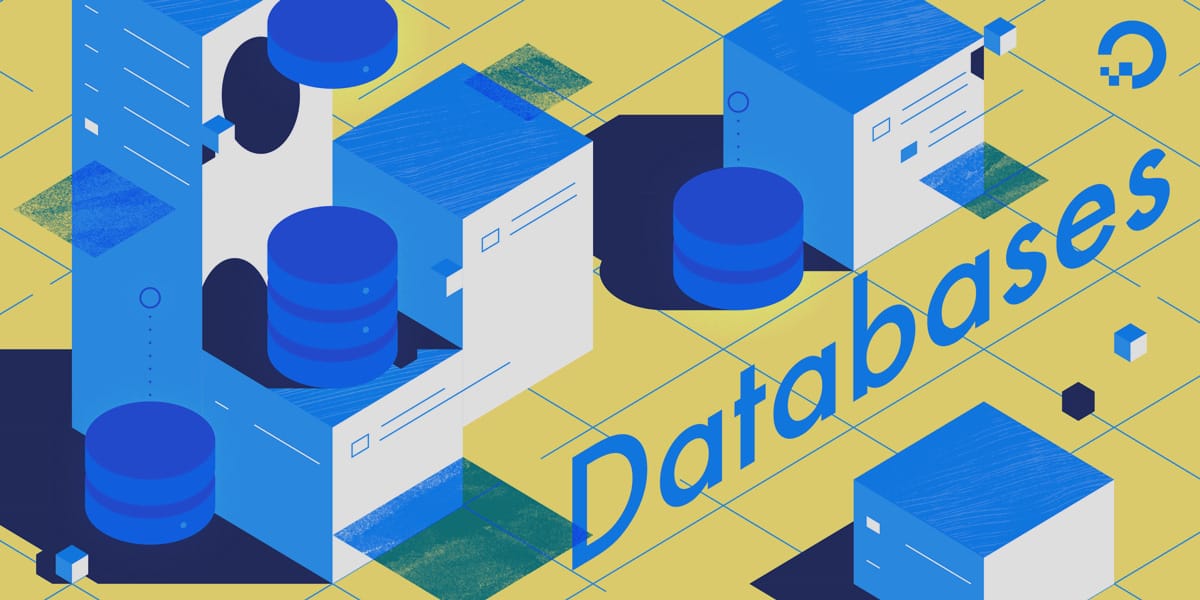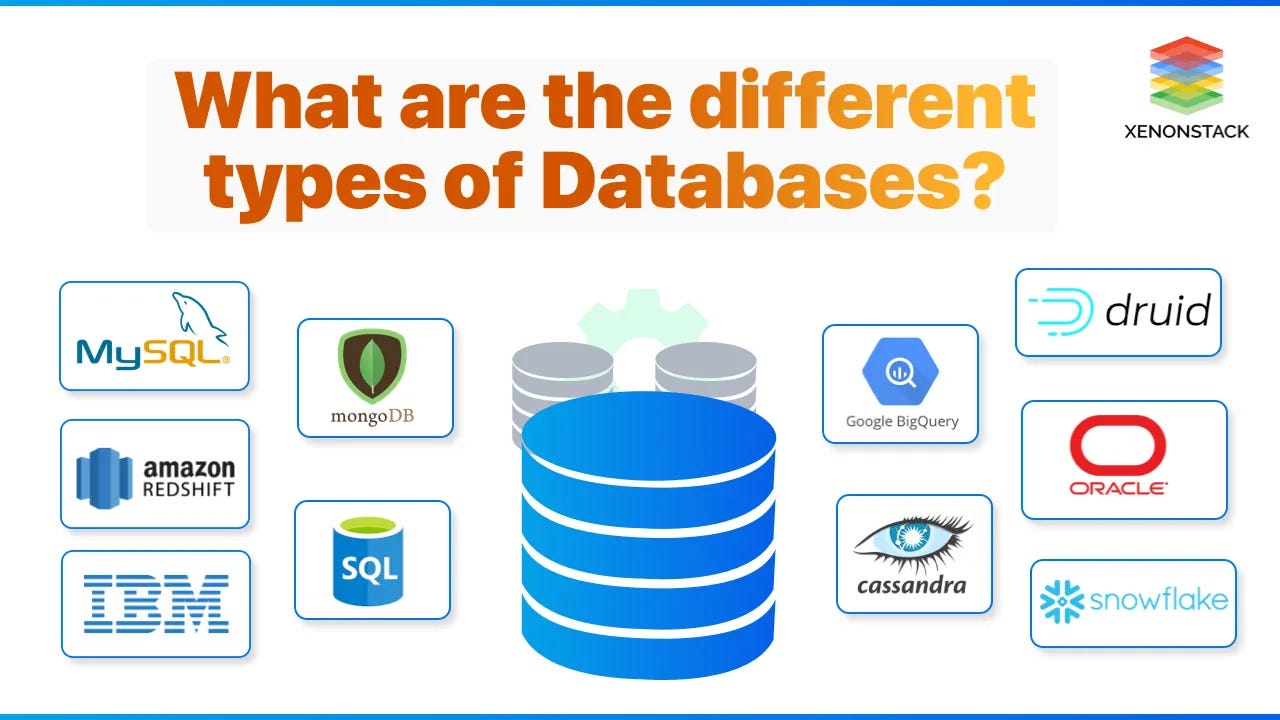Working with Databases: A Guide for Backend Engineers
Databases are the backbone of modern applications, serving as the storage and retrieval system for vast amounts of data. Let's dive into some details about databases.

Content Outline
- Introduction
- Database Types
- Data Modeling
- Querying
- Indexing and Optimization
- Database Scaling and Replication
- Backup and Recovery
- Database Security
- Conclusion
Introduction
As a backend engineer, understanding how to effectively work with databases is essential for building robust and scalable applications. In this guide, we'll explore the key aspects of working with databases, including database types, data modeling, querying, and optimisation techniques.
✅ Database Types

Backend engineers encounter various database types, each with its own strengths and use cases.
Relational databases, such as MySQL and PostgreSQL, offer structured data storage with strong data integrity and powerful querying capabilities.
NoSQL databases, like MongoDB and Cassandra, provide flexibility and scalability for handling unstructured or semi-structured data. Familiarise yourself with the different database types and their respective advantages to choose the right one for your project.
✅ Data Modeling
Data modeling involves designing the structure and relationships of data within a database. This step is crucial for ensuring efficient data storage and retrieval.
Learn about entity-relationship diagrams (ERDs), schema design, and normalization techniques.
Understand how to define tables, columns, primary keys, foreign keys, and indexes. A well-designed data model sets the foundation for a performant and scalable database.
✅ Querying
Backend engineers frequently interact with databases through querying. Mastering query languages like SQL (Structured Query Language) enables you to retrieve, update, and delete data effectively.
Learn about basic SQL syntax, various types of joins, filtering data with conditions, sorting, and aggregating results. Dive deeper into advanced querying techniques like subqueries and stored procedures to tackle complex database operations.
✅ Indexing and Optimisation
Efficiently retrieving data from large databases is a common challenge. Indexing plays a crucial role in optimising query performance.
As a backend engineering you should understand the concept of indexing and its impact on query speed. Learn how to identify query bottlenecks and optimise slow-running queries using techniques such as query rewriting, denormalisation, and query plan analysis.
Proficient optimisation skills can significantly enhance the speed and efficiency of your database operations.
✅ Database Scaling and Replication
As applications grow, the demand for database scalability arises. Backend engineers must be familiar with techniques like horizontal and vertical scaling to handle increasing data volumes and user loads.
Explore concepts like sharding, partitioning, and clustering to distribute data across multiple database instances. Additionally, learn about database replication to ensure data redundancy and high availability in distributed systems.
✅ Backup and Recovery
Data loss can be catastrophic, making backup and recovery strategies critical for backend engineers. Understand the importance of regular database backups and implement automated backup solutions.
Learn about various backup methods, including full backups, incremental backups, and point-in-time recovery.
Familiarize yourself with disaster recovery planning and ensure your application's data is safe and recoverable in case of failures.
✅ Database Security
Data security is paramount in any application. Backend engineers must implement robust security measures to protect sensitive data stored in databases. Learn about authentication and authorisation mechanisms to control access to the database.
Explore techniques for securing data at rest and in transit, such as encryption and SSL/TLS.
Stay updated on best practices for securing databases against common threats like SQL injection and unauthorised access.
Conclusion
Working with databases is a fundamental aspect of backend engineering. A thorough understanding of database types, data modeling, querying, optimization, scalability, backup and recovery, and security empowers backend engineers to build efficient and reliable applications.
Continuously refine your skills in database management, stay informed about emerging technologies, and leverage the power of databases to create robust and scalable backend systems.
References



Data modeling creates diagrams of software systems and their data elements. Learn about the different types of data models and the data modeling process.TechTargetCraig Stedman,

Learn about database queries -- formal requests for data -- how they work, the difference between SQL and NOSQL, query folding, web queries and more.TechTargetAndrew Zola
Checklist of Database Optimization Strategies
Download our free checklist to learn different ways to speed up your database queries.SmartBear.comMary Nguyen
What is Database Sharding? - Shard DB Explained - AWS
What is Database Sharding, how and why businesses use Database Sharding, and how to use Database Sharding with AWS.Amazon Web Services, Inc.







